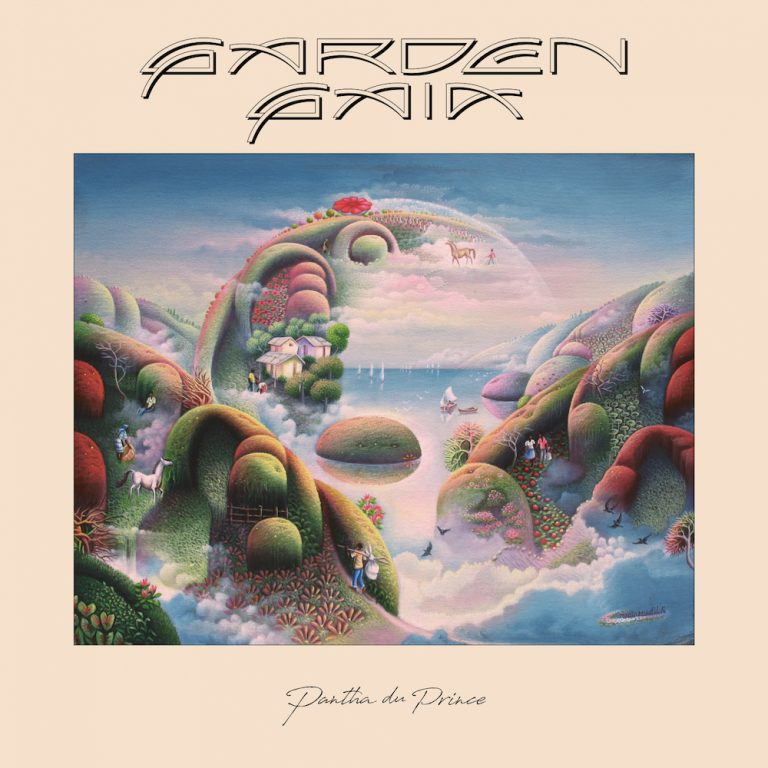Many artists who achieve name recognition in the dance and electronic music world are manufactured, packaged, and rocket-launched to Ibiza and the like. Their objectives are aimed at a very particular milieu; one decidedly different from the fan base of an artist like Pantha du Prince. Fans of the German producer have become more committed to the subtleties of rolling bell-tones, brisk shakers, and all manner of woodsy percussion featured on now-classics This Bliss and Black Noise. It’s this fan who has helped Pantha du Prince, along with luminaries like Andy Stott, Floating Points, and John Hopkins, to fall into that group of super-talented producers who are (relatively speaking, mind) household names.
Pantha du Prince’s catalog is striking in its consistency, beginning with of 2007’s tech-house giant, Diamond Daze, to the more fleshed-out, bell-based, Panda-rocking Black Noise in 2010, to the comparably sedate and contemplative Conference of Trees in 2020, with several other albums released in between. Hendrik Weber, who lays down tracks as Pantha du Prince, knows what sounds are genuinely engaging and he leans into those to create tracks that are unlike anything else, but can still light up a floor and please the average headphone listener.
Or, I should say, almost anything like, as those not familiar with the seminal early output of Efedemin on Dial Records, or with Christian Loeffler’s array of stunning fell-lengths can surely expect to hear much of the same quintessential bells and tribalesque micro beats that drive Pantha du Prince’s productions. It is the former’s self-titled debut and the latter’s A Forest on Ki Records; these two long players, along with Garden Gaia all comprise bell-tone rhythms that buttress the tracks, fleshed out compositions that run five to six minutes in length, and land somewhere between the dance floor and an exploratory drum circle.
The album comes together piece-by-piece like a warm wind on opener “Open Day”, where Weber establishes a loose, organic vibe, with much of the percussion played (or sounding) live: shakers, xylophones, wood blocks, and a water current are methodically added to cryptic synth lines and shimmering cymbals. And, yes, those magical, inescapable bells are always just around the corner. A haunting melody grows more compelling with each listen, while the bongo drums shine and the xylophones keep time.
“Start a New Life” heavily features acoustic guitar plucks, alongside a droning violin, a dulcimer, and difficult percussion. It is far, far removed from your standard 120 beats per minute, and much closer to the campsite dominated by Animal Collective circa 2002 or 2003. This is the type of track, like many, that begs for repeated examination.
On another standout, “Blue (Bendik HK Edit)”, Weber duets with a set of soft, reverbed female vocals. Shakers abound alongside a quasi-Amen break. The beat becomes spatial; reminiscent, in fact, of the celestial delayed synth pads of The Orb. The synth drone methodically decays as it progresses, carrying along with it light wisps of a string melody.
When Pantha du Prince puts out an album, there is undoubtedly a sizable demographic that becomes excited. One of those reasons, far beyond the Panda Bear factor or LCD Soundsystem connections, is that he produces music that is truly great. He has developed his own cluster of sounds, and he works with specific parameters in a variety of unexpected fashions. For the first time in awhile, however, the energies he has expended have converged into a proper piece of art.

